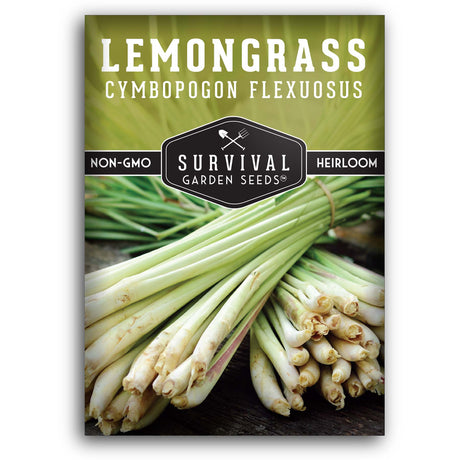
Watermelon Colors You've Never Grown Before
Discover vibrant yellow, orange, white, and two-tone watermelons! Learn how to grow unique varieties, enhance their color, and explore new flavors and uses.
Free Shipping on US Seed Orders of $20+ SHOP NOW
Lemongrass seeds grow into tall, aromatic perennial plants. This herb is a cornerstone of Asian cuisine and is valued for its medicinal properties. Lemongrass is easy to recognize thanks to its long, thin leaves and the citrusy scent released when the leaves are cut. It can be used in cooking, aromatherapy, as a medicinal herb, to repel pests, and as an ornamental plant. Lemongrass grows fast and is easy to maintain, preferring direct sunshine and thriving in rich, well-drained soil. Lemongrass flourishes in warm, humid conditions.
Learn more about how to grow Lemongrass in our Survival Garden Training Blog
Growing Lemongrass - Tips & Uses
Survival Garden Seeds provides quality lemongrass seeds for sale, perfect for adding a versatile herb to your garden. Our non-GMO seeds are selected for their excellent germination and will produce robust, fragrant plants.
Spreading from its origin in Asia, lemongrass seeds can be found in most of the world today. This herb plant is widely used in cooking, herbal medicine, or as nature’s insect repellent. The citrusy flavor is a distinctive addition to many Asian dishes, in particular Thai and Vietnamese cuisines. Lemongrass is a perennial in USDA hardiness zones 9 to 11 but can be grown in much cooler climates as well. Being a warm-weather plant, it doesn’t tolerate frost. In areas with hard frosts or four distinct seasons areas, lemongrass plants should be brought inside until spring comes to allow them to survive the winter.
Start inside about 6 to 8 weeks before the last frost. In warm climates, lemongrass seeds can be sown directly in the garden. Plant them shallowly to allow light for germination. Keep the soil moist and warm. The sprouting typically occurs within 1 to 2 weeks. Transplant the seedlings outdoors, growing them in containers that are at least 12 inches around and stable enough to withstand wind. You can also space the plants about 2 feet apart in a sunny location in the garden.
Lemongrass plants require regular watering. Maintain the soil moist, especially during dry periods. They benefit from rich soil, which helps their rapid growth. With the ability to grow up to 5 feet, these plants tend to have a beautiful draping habit that adds to their ornamental value. Harvest lemon grass by cutting the stalks near the base, which encourages new growth. The leaves and stalks have the best aroma when about 1/2 inch thick.
Bring the taste of the tropics to your outdoor space! Survival Garden Seeds' lemongrass seeds provide the cultivation of a fragrant, useful herb. Use it in teas or cooking, or simply to add oriental beauty. Easy to care for, lemongrass will bring you joy for one or more seasons.

Discover vibrant yellow, orange, white, and two-tone watermelons! Learn how to grow unique varieties, enhance their color, and explore new flavors and uses.
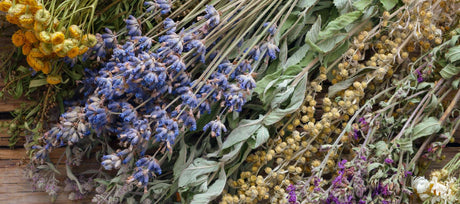
Learn to grow essential healing herbs at home. This guide covers planning, planting, and harvesting medicinal plants for natural remedies and a sustainable garden.
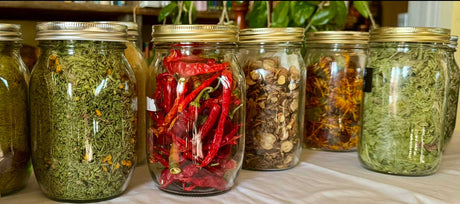
Using the herbs in her regenerative garden, Bekah Celeste makes salves, tinctures, glycerides, and all kinds of candies like chocolates and gummy bears.

Lovage (Levisticum officinale), a towering, celery-like perennial. Lovage is an herb that delivers bold flavor, robust growth, and multifaceted benefits.
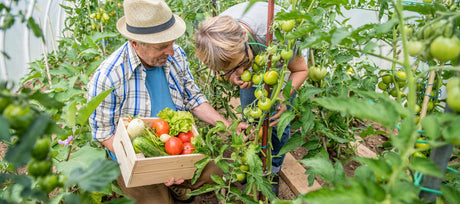
Whether the goal is to cut grocery bills, sample rare heirloom vegetables, or simply enjoy the therapeutic rhythm of tending plants, starting a garden from nothing is entirely achievable with...
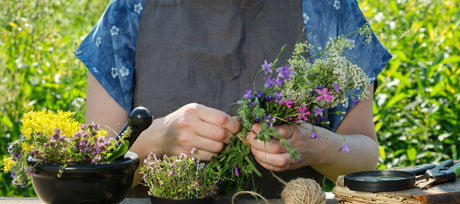
Modern interest in holistic wellness has revived a timeless practice: cultivating medicinal plants at home. By setting aside a patio corner, windowsill, or backyard plot, it is possible to create...

Asters are a native wildflower that will brighten your fall garden. Let’s discuss how to grow asters, the varieties we offer, and their ecological importance.

Discover what seeds to plant in July for thriving fall gardens. Regional planting tips, heat-tolerant varieties, and what to avoid for every US zone.
